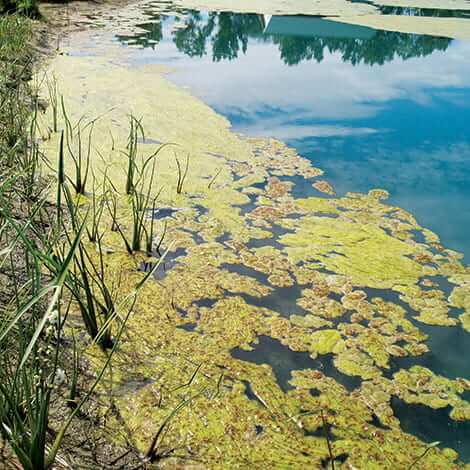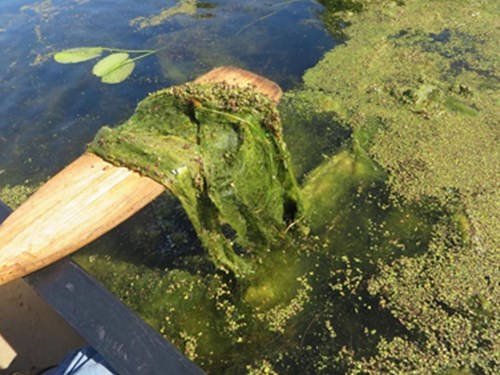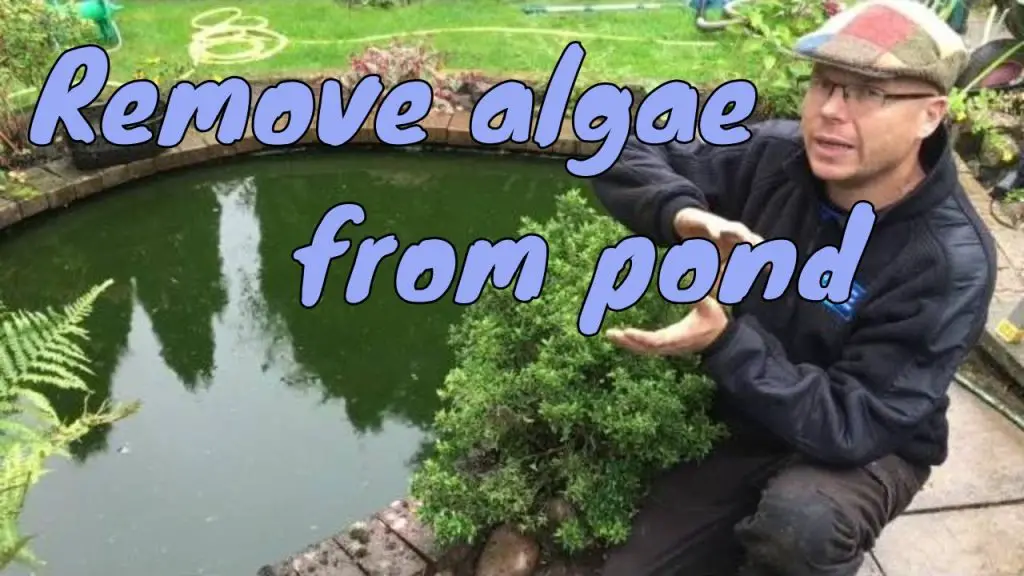Are you a pond owner struggling with an invasion of unsightly floating algae? Algae blooms can quickly take over a pond, turning the water green and ruining the aesthetic appeal of your outdoor space. However, there are several effective methods you can use to combat and get rid of floating algae in a pond. In this comprehensive guide, we will explore different strategies and tips to help you restore the beauty and clarity of your pond.
Understanding Floating Algae
Before diving into the solutions, it’s essential to understand what floating algae are and why they thrive in ponds. Algae are simple aquatic plants that can range in size from microscopic to large seaweeds. They thrive in ponds due to excess nutrients like sunlight, carbon dioxide, and nitrates present in the water. When these conditions are favorable, algae can rapidly multiply, leading to the formation of unsightly blooms on the water’s surface.
Effective Ways to Get Rid of Floating Algae
1. Aeration: Installing a pond aerator can help oxygenate the water, which can inhibit algae growth. Aeration also promotes the growth of beneficial bacteria that can compete with algae for nutrients, helping to keep their population in check.
2. Shading: Providing shade over the pond can reduce the amount of sunlight reaching the water’s surface, which is essential for algae growth. You can use floating plants, artificial shades, or strategically plant trees around the pond to create shade.
3. Algaecides: Algaecides are chemical treatments designed to kill algae. However, it’s essential to use them judiciously and follow the manufacturer’s instructions to prevent harming other aquatic life in the pond.
4. Manual Removal: Physically removing floating algae with a net or rake can be an effective short-term solution. However, this method may need to be repeated regularly to prevent algae from regrowing.
5. Barley Straw: Barley straw is a natural remedy that can help control algae growth. When barley straw decomposes in the water, it releases compounds that inhibit algae growth without harming other aquatic life.

Credit: splashsupplyco.com
Preventive Measures to Avoid Algae Blooms
1. Limit Nutrients: Reduce the amount of nutrients entering the pond by avoiding overfeeding fish, minimizing the use of fertilizers near the pond, and preventing runoff from lawns and gardens that can introduce excess nutrients.
2. Regular Maintenance: Regularly clean and maintain the pond by removing debris, decaying organic matter, and excess vegetation that can contribute to nutrient buildup and algae growth.
3. Balance the Ecosystem: Introduce beneficial aquatic plants, like water lilies and submerged oxygenators, to compete with algae for nutrients and create a balanced ecosystem in the pond.
4. Monitor Water Quality: Test the water quality regularly to ensure that pH levels, oxygen levels, and nutrient levels are within the optimal range for supporting a healthy pond ecosystem.

Credit: www.otterbine.com
Conclusion
Dealing with floating algae in a pond can be a challenging task, but with the right strategies and preventive measures, you can effectively control and get rid of algae blooms. By implementing a combination of aeration, shading, algaecides, manual removal, and preventive measures, you can restore the clarity and beauty of your pond while maintaining a healthy aquatic environment for plants and fish.
Remember that maintaining a healthy pond ecosystem is an ongoing process that requires diligence and regular monitoring. By taking proactive steps to prevent algae blooms and implementing effective control measures when needed, you can enjoy a clear, algae-free pond all year round.


